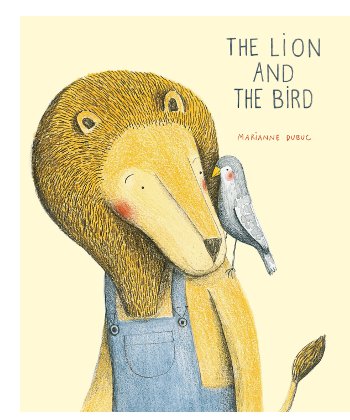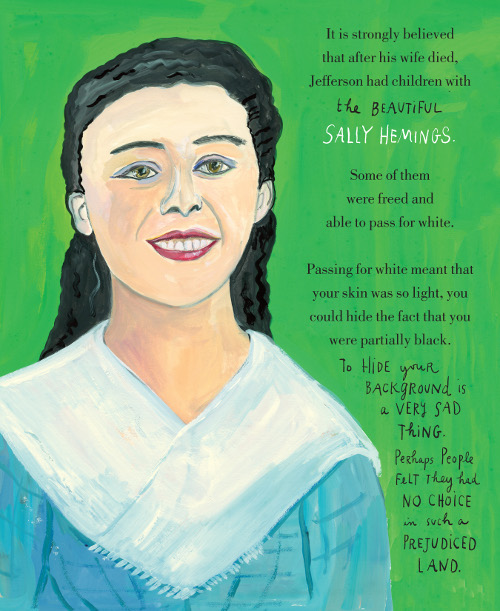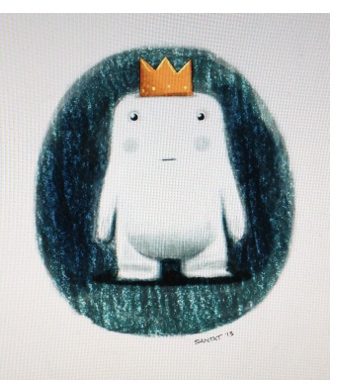
Hi, dear Imps. I’m going to be brief today. I’m actually typing this on Thursday night, since I’m heading out of town to a) see my nephew graduate from high school (I’m already teary-eyed about this, and I’m not even at the ceremony yet), and b) someone I used to babysit is all grown-up and I’m heading to her wedding. (Ditto on the tears.)
So, I’ll be skipping my kicks, though I always enjoy reading yours, so please do share. I do, however, have some art for you.
 I’ve previously featured the work of Canadian author-illustrator Marianne Dubuc at 7-Imp — here and here. Her newest book, The Lion and the Bird (Enchanted Lion, May 2014), is a tender and moving story of friendship, first published in French in 2013 and translated by Claudia Z. Bedrick (intrepid leader of Enchanted Lion and possessor of exquisite taste). Maria Popova over at Brain Pickings writes that this book is an “ode to life’s moments between the words.” Oh, how I love that and wish I’d written it. That captures the book well. (You can read her entire post, also art-filled, about the book here, if you’re so inclined. She describes the book so wonderfully.)
I’ve previously featured the work of Canadian author-illustrator Marianne Dubuc at 7-Imp — here and here. Her newest book, The Lion and the Bird (Enchanted Lion, May 2014), is a tender and moving story of friendship, first published in French in 2013 and translated by Claudia Z. Bedrick (intrepid leader of Enchanted Lion and possessor of exquisite taste). Maria Popova over at Brain Pickings writes that this book is an “ode to life’s moments between the words.” Oh, how I love that and wish I’d written it. That captures the book well. (You can read her entire post, also art-filled, about the book here, if you’re so inclined. She describes the book so wonderfully.)
The story is about a lion, who lives alone and one day finds a wounded bird. After nursing the bird lovingly, they become friends, and the bird stays on. Their friendship grows, but when Spring comes, Lion knows the bird must fly away. Lion adjusts to his loneliness, and then the following Winter, the bird returns.
But, as Popova notes in her piece, there’s so much to discover in the book’s artwork and the expert pacing of the story. I remember reading once in a theatre text in college that a play is interrupted silence. (I think it was a quote from a French playwright? I really should look this up.) Well, this story is interrupted silence. Dubuc does wonders here, not rushing the story, letting it breathe, inviting in child readers to be with Lion as he adjusts to his loneliness and melancholy after Bird leaves, as time marches on. A lot of the gentle pacing comes from Dubuc’s use of white space. (“White space—sometimes whole pages—speaks its own language of loss and hope,” writes the Kirkus review.) For instance, here’s very simply how we know that Bird has returned:
Read the rest of this entry �
 Friday, May 30th, 2014
Friday, May 30th, 2014

 I also happen to think he’s one of the most talented. Carolyn Juris at The New York Times notes what I like the best about his work when
I also happen to think he’s one of the most talented. Carolyn Juris at The New York Times notes what I like the best about his work when 







 I’ve previously featured the work of Canadian author-illustrator
I’ve previously featured the work of Canadian author-illustrator 
 “These paintings were done in watercolor and gouache, and let me tell you gouache can be really frustrating. It was really temperamental, and to be honest, when I handed in the book, I swore I’d never use it again. Of course, for my next book I pulled out the gouache and used it again.”
“These paintings were done in watercolor and gouache, and let me tell you gouache can be really frustrating. It was really temperamental, and to be honest, when I handed in the book, I swore I’d never use it again. Of course, for my next book I pulled out the gouache and used it again.”